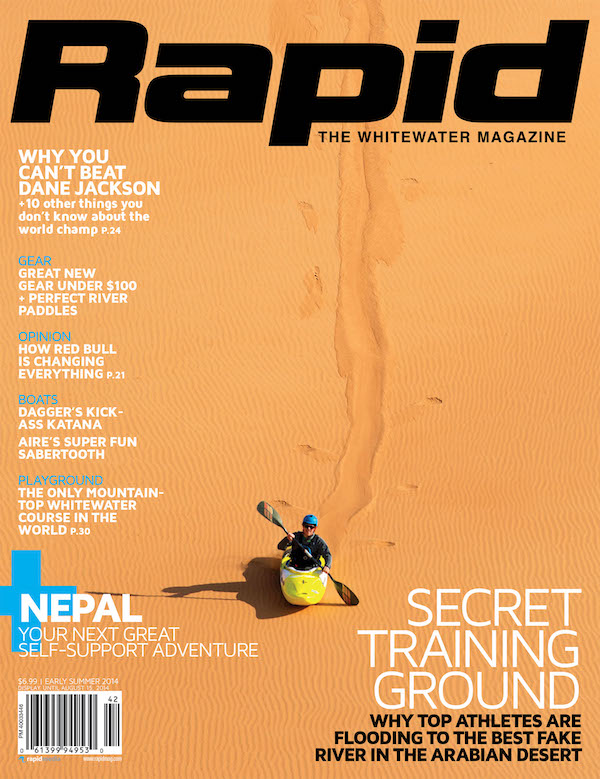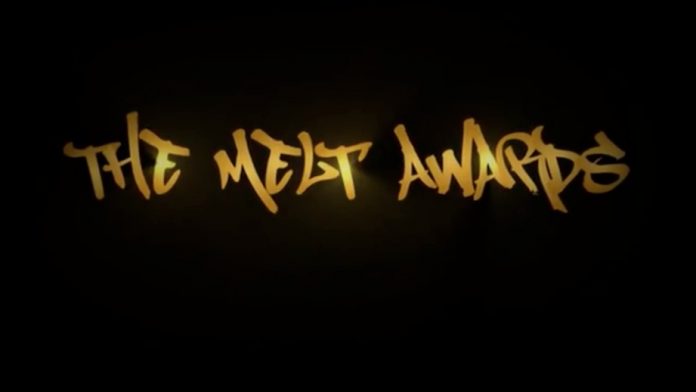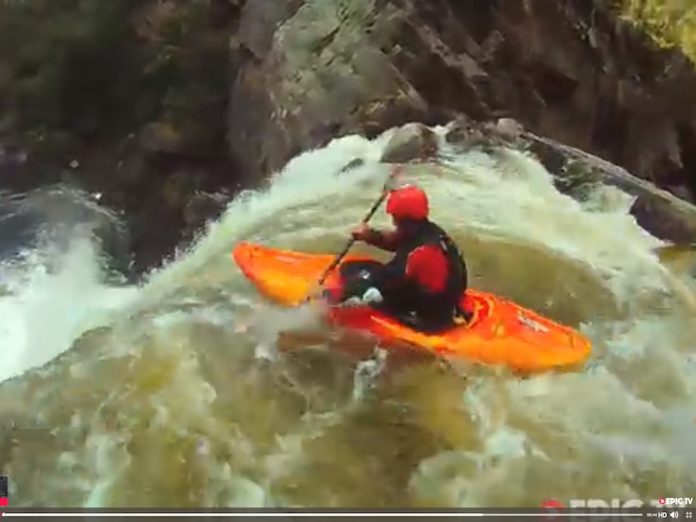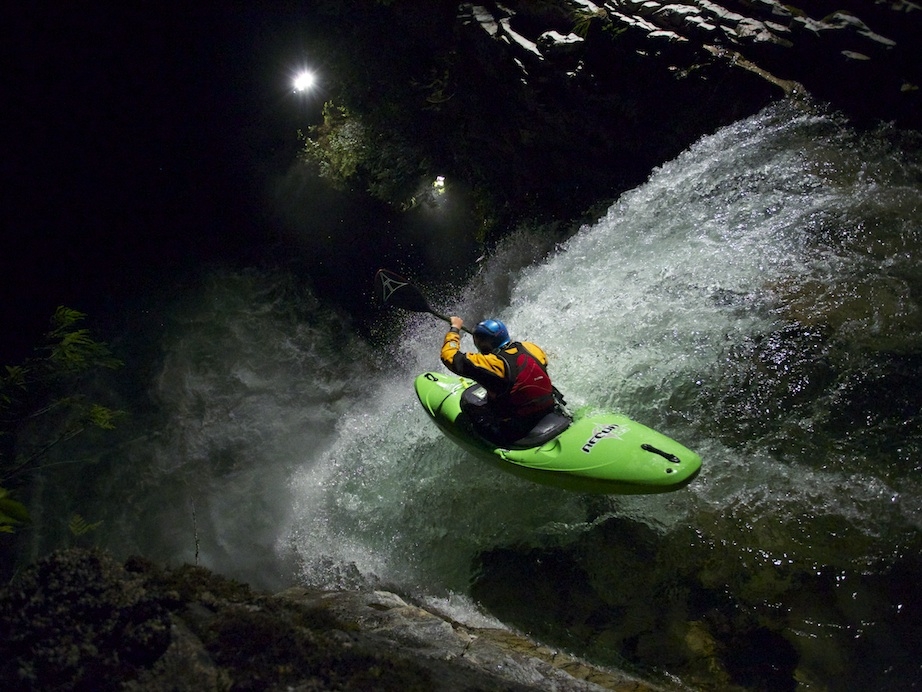It’s a view rarely seen by river dwellers. From the top of Wisp Mountain in McHenry, Maryland, rafters, kayakers and canoeists look over the lush mountains of West Virginia and Pennsylvania, across the top of the nearby Youghiogheny River valley. As the crow flies it’s within a few miles of the rock climbing, paintball, golfing and mountain coaster rides that characterize the area in the summer and spitting distance from the Wisp ski slopes, which unravel all around.
3,100 feet above sea level, Adventure Sports Center International draws river folk out of their valleys and onto the only mountaintop whitewater course in the world.
ASCI—”askie,” as the regulars call it—boasts world-class rapids with the convenience of park ‘n’ play access and a well-stocked on-site café.
ASCI’s executive director Michael Logsdon swears it “looks no different and feels no different” than any other river, but some paddlers have noted artificial-feeling quirks.
Jim Snyder, whose revolutionary boat building makes him one of the forefathers of freestyle, spent a half hour on the course and says the water runs much faster downstream than in a normal river—even the eddies churn harder—since water surges unimpeded over the smooth concrete riverbed. No foot entrapments here. ASCI’s water is about four degrees warmer than regular lake temperatures and aeration keeps the water remarkably clean.
In September this peak-top paradise will host the 2014 ICF Canoe Slalom World Championships, and paddlers worldwide will come to sample the artificial frenzy. The course offers a consistent, controlled flow that can push a calm river to a thrashing class IV set in a matter of minutes—the “soup to nuts factor,” as Logsdon calls it. The current can be customized to suit seasoned freestyle kayakers or first-time rafters.
When the course operator flicks a few switches, four propeller-style pumps with more than 2,000 combined horsepower shoot water from nearby Deep Creek Lake through the course at 250,000 gallons per minute, easily filling an Olympic-size pool in less than the time it takes to suit up and slip into a kayak. Like a kettle on a burner, it doesn’t take long for the water to start boiling.
The approximately 535-meter-long course has six adjustable features controlled by air bladders the size of Volkswagens. The bladders are hidden under movable hinged steel plates on the riverbed, and can create a surfable hydraulic, tighten up a hole, or send a seasoned vet to instant humiliation.
As Logsden puts it, “The course can transform from a very family friendly river all the way to the home of the World Championships.” KATRINA PYNE
 This article first appeared in the Early Summer 2014 issue of Rapid Magazine. Subscribe to Paddling Magazine’s print and digital editions, or browse the archives.
This article first appeared in the Early Summer 2014 issue of Rapid Magazine. Subscribe to Paddling Magazine’s print and digital editions, or browse the archives.












